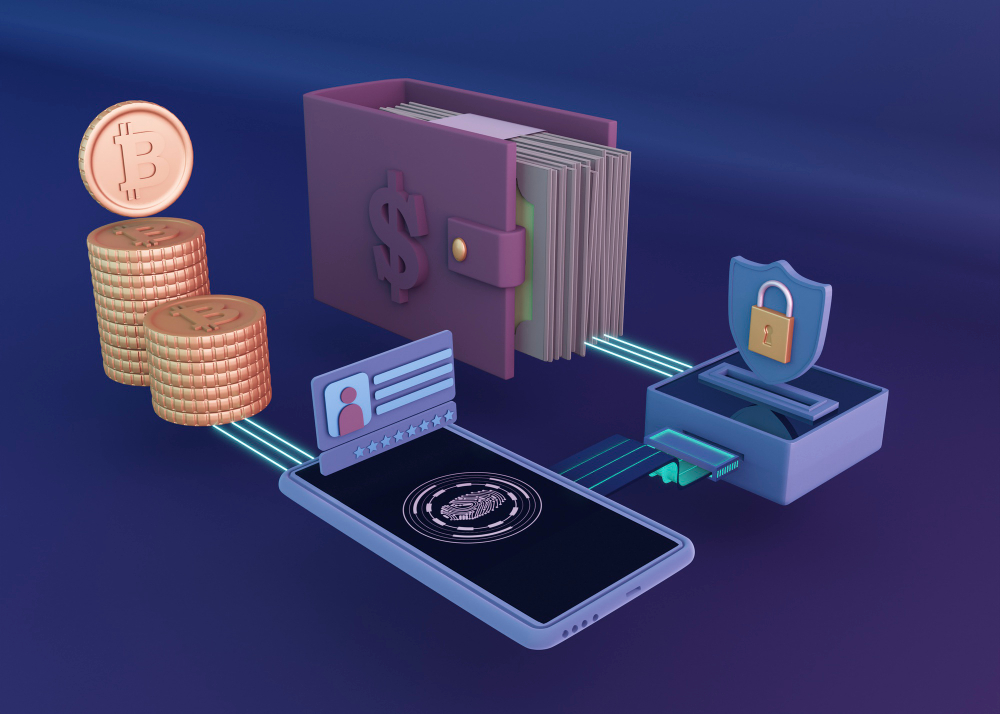The financial landscape is undergoing a seismic shift, driven by the rise of financial technology, or fintech, companies that are revolutionizing the way we borrow, lend, and manage money. One of the most significant areas of disruption is in lending, where fintech innovations are challenging traditional banking models and democratizing access to credit. In this comprehensive guide, we’ll explore how fintech is disrupting traditional lending models, delve into the key trends and technologies shaping the industry, and address common questions and concerns through a series of frequently asked questions (FAQs).
Understanding Fintech Lending
The Rise of Fintech Lending
Fintech lending platforms have emerged as formidable competitors to traditional banks, offering borrowers a faster, more convenient, and often more accessible alternative to traditional lending channels. By leveraging technology, data analytics, and innovative business models, fintech lenders are able to streamline the lending process, reduce costs, and provide more personalized loan products to a wider range of borrowers.
Key Trends in Fintech Lending
Several key trends are driving the growth of fintech lending, including:
- Digitalization: Fintech lenders offer fully digital loan application processes, eliminating the need for paper-based documentation and in-person visits to brick-and-mortar branches.
- Alternative Data: Fintech lenders leverage non-traditional data sources, such as social media activity, utility payments, and e-commerce transactions, to assess borrowers’ creditworthiness and make lending decisions.
- Peer-to-Peer (P2P) Lending: P2P lending platforms connect individual borrowers with investors willing to fund their loans, bypassing traditional financial intermediaries and offering potentially lower interest rates and fees.
- Unsecured Lending: Fintech lenders specialize in unsecured lending, offering personal loans, student loans, and small business loans without requiring collateral, thereby reducing barriers to access for underserved borrowers.
Disruptive Technologies in Fintech Lending
Artificial Intelligence (AI) and Machine Learning
AI and machine learning algorithms enable fintech lenders to analyze vast amounts of data, assess credit risk, and automate decision-making processes, resulting in faster loan approvals and more accurate risk assessments.
Big Data and Predictive Analytics
Big data analytics allow fintech lenders to leverage large datasets to identify trends, predict borrower behavior, and optimize lending strategies, enabling more personalized loan offerings and improved risk management.
Blockchain and Smart Contracts
Blockchain technology facilitates peer-to-peer lending transactions by providing a secure, transparent, and tamper-proof record of loan agreements and repayment schedules, reducing the need for intermediaries and streamlining the lending process.
The Impact of Fintech Lending on Financial Inclusion
Addressing the Unbanked and Underbanked
Fintech lending platforms have the potential to address the needs of unbanked and underbanked populations who may have limited access to traditional financial services. By leveraging alternative data sources and innovative credit scoring models, fintech lenders can extend credit to individuals who have been traditionally excluded from the banking system, thereby promoting financial inclusion and economic empowerment.
Microfinance and Small Business Lending
Fintech lending is particularly impactful in the realm of microfinance and small business lending, where traditional banks may be hesitant to extend credit due to perceived risk or lack of collateral. Fintech lenders utilize advanced analytics and technology to assess the creditworthiness of small business owners and provide them with access to affordable financing options, enabling entrepreneurship, job creation, and economic development.
Regulatory Considerations and Challenges
Balancing Innovation with Consumer Protection
While fintech lending offers significant benefits in terms of accessibility and efficiency, it also raises important regulatory considerations and challenges. Regulators must strike a balance between fostering innovation and protecting consumers from potential risks such as predatory lending practices, data privacy breaches, and unfair treatment. Robust regulatory frameworks are essential to ensure that fintech lenders operate in a transparent, fair, and responsible manner.
Compliance and Risk Management
Fintech lenders must navigate complex regulatory landscapes and comply with various legal requirements related to lending, data protection, anti-money laundering (AML), and consumer protection. Implementing effective compliance programs and risk management practices is crucial for fintech companies to mitigate legal and regulatory risks, build trust with stakeholders, and maintain long-term sustainability.
The Future of Fintech Lending
Collaborative Ecosystems and Partnerships
The future of fintech lending is characterized by collaborative ecosystems and partnerships between fintech companies, traditional banks, regulatory authorities, and other stakeholders. Collaborative approaches enable fintech lenders to leverage complementary strengths, access new markets, and accelerate innovation, while also ensuring compliance with regulatory requirements and industry standards.
Evolution of Technology and Data Analytics
Advancements in technology and data analytics will continue to drive innovation in fintech lending, enabling lenders to further automate processes, improve risk assessment models, and enhance customer experiences. Emerging technologies such as artificial intelligence, machine learning, and blockchain will play a central role in shaping the future of fintech lending, offering new opportunities for efficiency, transparency, and financial inclusion.
FAQs
Q1: How do fintech lenders assess creditworthiness without traditional credit history?
- Fintech lenders use alternative data sources, such as payment history, employment status, and social media activity, to assess creditworthiness and make lending decisions. These alternative data sources provide insights into borrowers’ financial behavior and enable lenders to extend credit to individuals with limited or no traditional credit history.
Q2: Are fintech loans more expensive than traditional bank loans?
- Fintech loans may have higher interest rates and fees compared to traditional bank loans, particularly for borrowers with less-than-perfect credit histories. However, fintech lenders often offer greater flexibility, faster approval processes, and more personalized loan products tailored to individual borrower needs.
Q3: How do peer-to-peer (P2P) lending platforms work?
- P2P lending platforms connect individual borrowers with investors willing to fund their loans. Borrowers create loan listings specifying the amount they wish to borrow and the interest rate they are willing to pay. Investors review loan listings and choose which loans to fund based on factors such as credit risk, loan purpose, and borrower profile.
Q4: What are the advantages of fintech lending for borrowers?
- Fintech lending offers several advantages for borrowers, including faster loan approval processes, more convenient application processes, access to alternative credit options for underserved populations, and potentially lower interest rates and fees compared to traditional bank loans.
Q5: How are traditional banks responding to the rise of fintech lending?
- Traditional banks are responding to the rise of fintech lending by investing in digitalization, enhancing their online and mobile banking platforms, partnering with fintech companies, and developing their own fintech products and services. Some banks are also exploring blockchain technology and AI-driven solutions to improve efficiency and competitiveness in the lending market.
Conclusion
Fintech lending is disrupting traditional banking models and reshaping the financial services industry, offering borrowers greater access to credit, faster approval processes, and more personalized loan products. By leveraging innovative technologies such as AI, big data analytics, and blockchain, fintech lenders are able to streamline lending processes, reduce costs, and provide more inclusive financial services to a wider range of borrowers. As fintech lending continues to evolve, it is essential for regulators, policymakers, and industry stakeholders to collaborate to ensure consumer protection, promote financial inclusion, and foster a competitive and innovative lending market for the benefit of all.





